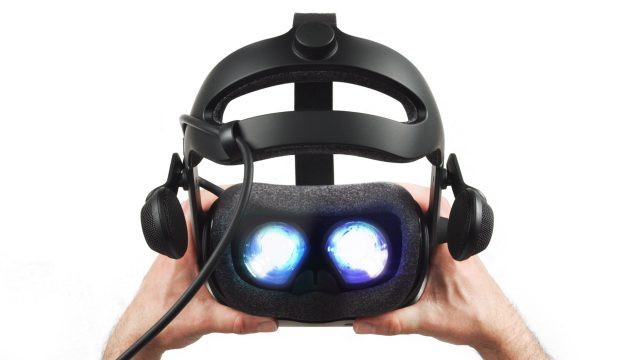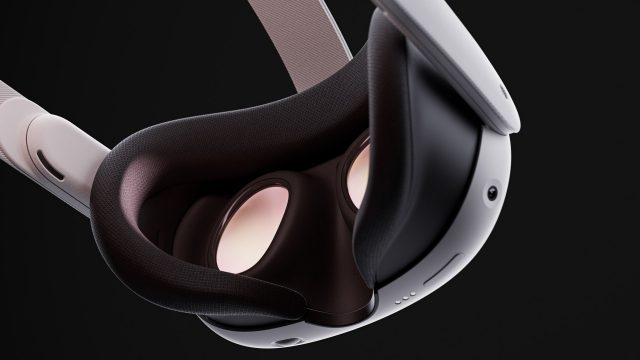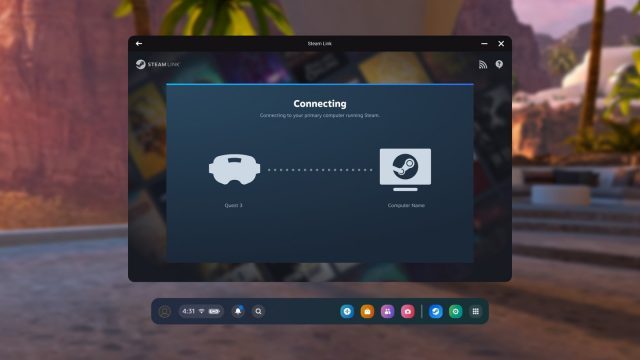
After nearly five years, I’ve finally moved on from Index as my main PC VR headset, and Valve is the one that made me do it.
Index is a great headset. Between it’s tracking, ergonomics, field-of-view, crisp display, and still industry-leading audio, it’s been hard to give it up—even if it’s resolution is, by this point, very much ‘last-gen’.

Even with Quest 3’s upsides of higher resolution, better lenses, no-tether, more compact form-factor, and no external trackers, I was still reaching for Index when it was time to dive into PC VR. But the release of Steam Link finally put me over the edge; Quest 3 is my go-to PC VR headset.

Steam Link is Valve’s application on Quest 3 (also available on Quest 2) which makes it incredibly easy to wirelessly connect to SteamVR and access all of your PC VR content. It cuts out the Oculus PC software and Quest Link as the middle-man, which made you jump through a few hoops before you could finally get to where 99% of PC VR users actually want to be: SteamVR.

Meta abandoned its Oculus PC platform years ago, and has only barely maintained the software to ensure that Quest Link would continue to work. But they know full well the vast majority of people using Quest Link are using it to get to SteamVR, not the abandoned Oculus PC library.
After using Steam Link on Quest 3 over the last few months, I realized it was steadily becoming the most frequent way I was jumping into PC VR. Right now I’m looking over at my unplugged Index in the corner, and I’m not sure the next time I’ll feel compelled to plug it in. I would still pick Index over Quest 2 even with Steam Link, but Quest 3 and Steam Link have tipped the scales.
It’s of course ironic that Valve’s own software made the difference. And it’s worth commending them for being willing to upend their own hardware to make things better for users—even if those users are using other headsets (Meta also gets a pat on the back for letting a competitor’s app onto their store).
Now Quest 3 is not only the best value in a standalone headset, it’s also the best value in a PC VR headset. That is, assuming you’ve got the right networking and PC to back it up.
Wireless PC VR is super convenient and can work very well, but you absolutely need an optimized network setup and a hefty gaming PC.
If you’re going this route, make sure your gaming PC is directly connected to your router. And your router should be at least Wi-Fi 5 (802.11ac), but ideally Wi-Fi 6 or Wi-Fi 6E (802.11ax). Ideally your router should also be in the same room that you’re gaming, but as long as its a room or two away, you should be fine.
A PC equipped with at least Core i5-4590 or equivalent, RTX 2070 or equivalent, and 16GB of RAM is also recommended.
– – — – –
Valve made Quest 3 my main PC VR headset; will they ever win me back with a follow-up headset? I don’t think anyone knows for sure right now, not even Valve.
This article was originally published on roadtovr